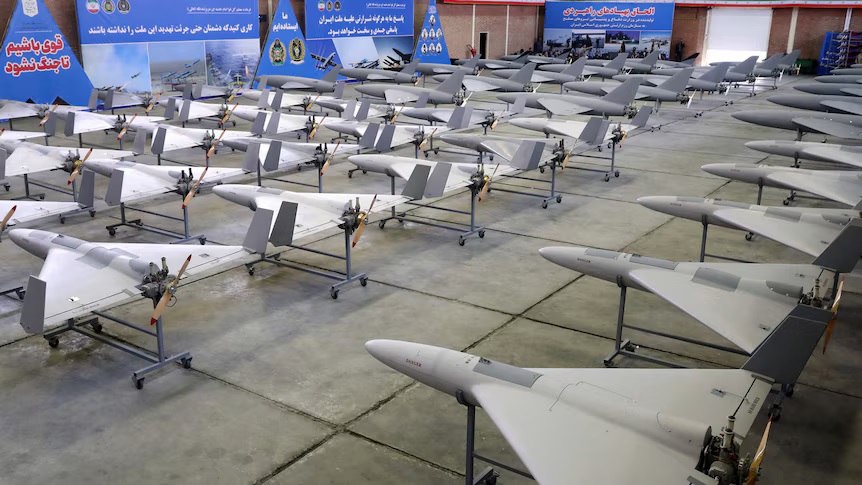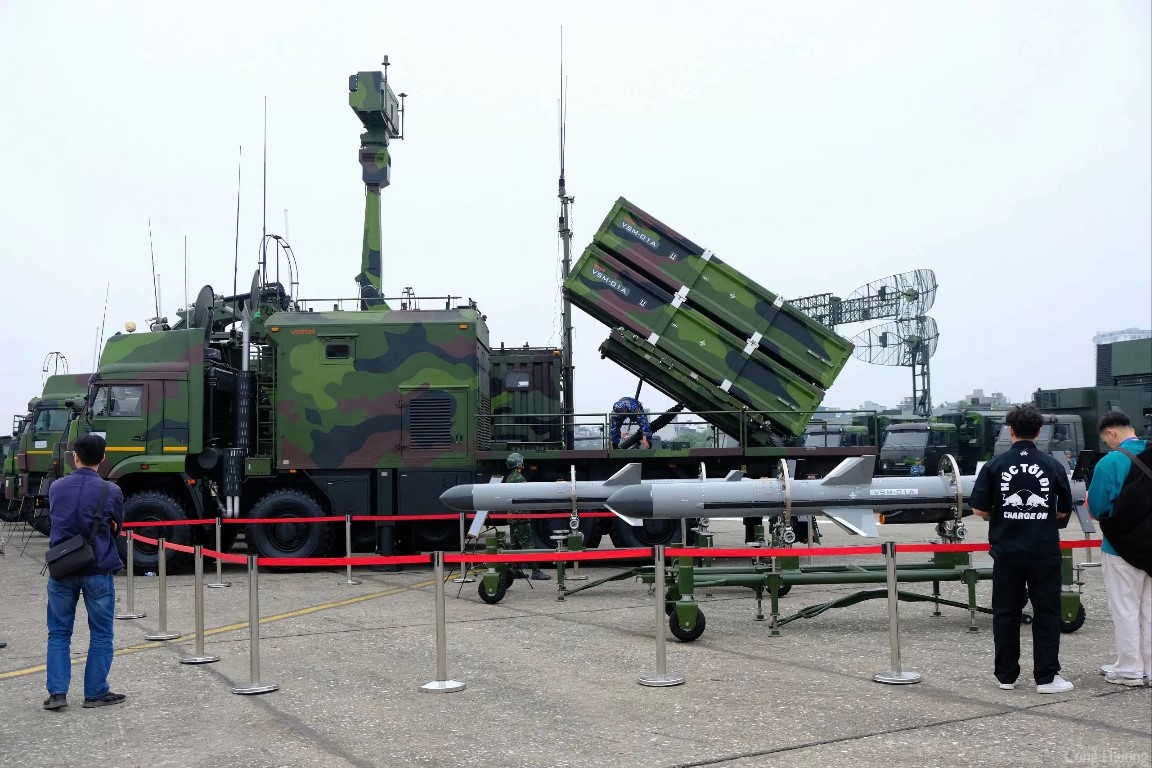Helicity Space raises $5 million for fusion engine development

Defense News - California-based startup Helicity Space has successfully secured $5 million in a recent seed funding round announced on December 11. The funding was provided by a consortium of investors, including Airbus Ventures, TRE Ventures, Voyager Space Holdings, E2MC Space, Urania Ventures, and Gaingels.
Stephane Lintner, co-founder of Helicity, expressed gratitude for the support from these strategic partners, emphasizing their significance as potential future clients. Founded in Pasadena in 2018, Helicity intentionally maintained a low profile during its initial years, diligently preparing the groundwork and assembling a team of science advisors to minimize project risks.
Lintner, a former managing director at Goldman Sachs with a Ph.D. in applied mathematics from the California Institute of Technology, revealed that the latest funding injection would be instrumental in the development of a proof-of-concept fusion drive. This crucial step involves demonstrating the functionality of the device on Earth at a smaller scale before deploying it in space.
Fusion power, a long-standing concept in science fiction, holds the promise of providing clean and abundant energy. For space exploration, fusion engines have the potential to significantly reduce travel times to destinations such as Mars and beyond. Lintner emphasized the necessity for a different kind of propulsion to explore deeper space and map out available resources.
Helicity technology, rooted in the work of co-founder and chief scientist Setthivoine You, a plasma physics researcher with a Ph.D. from Imperial College London, focuses on magneto-inertial fusion tailored for space propulsion. Yours approach involves using recombining plasma jets to create and control the conditions necessary for fusion reactions.
Lewis Pinault, partner at Airbus Ventures, highlighted the significance of Helicity method, developed specifically for space propulsion. Pinault noted that Helicity innovative approach involves multiple recombining plasma jets to facilitate fusion reactions, with years of research and supercomputer modeling supporting its viability.
The development and testing of Helicity technology are ongoing at its Pasadena laboratory, with Lintner acknowledging that the journey is in its early stages and will require both time and capital. Despite the challenges, there is a reasonable belief within the company that the fusion-based propulsion system may prove successful, offering a transformative solution for deep space exploration.
Strategic advisors for Helicity include former NASA astronaut William Ready, retired U.S. Navy captain, and former NASA associate administrator; Alan Stern, former NASA Science Mission Directorate leader with a Ph.D. in astrophysics and planetary science; and Simon "Pete" Worden, former NASA Ames Research Center director and retired U.S. Air Force brigadier general with a Ph.D. in astronomy. The collective expertise of these advisors underscores the potential impact of Helicity Space technology on advancing humanity capacity for space mobility.


